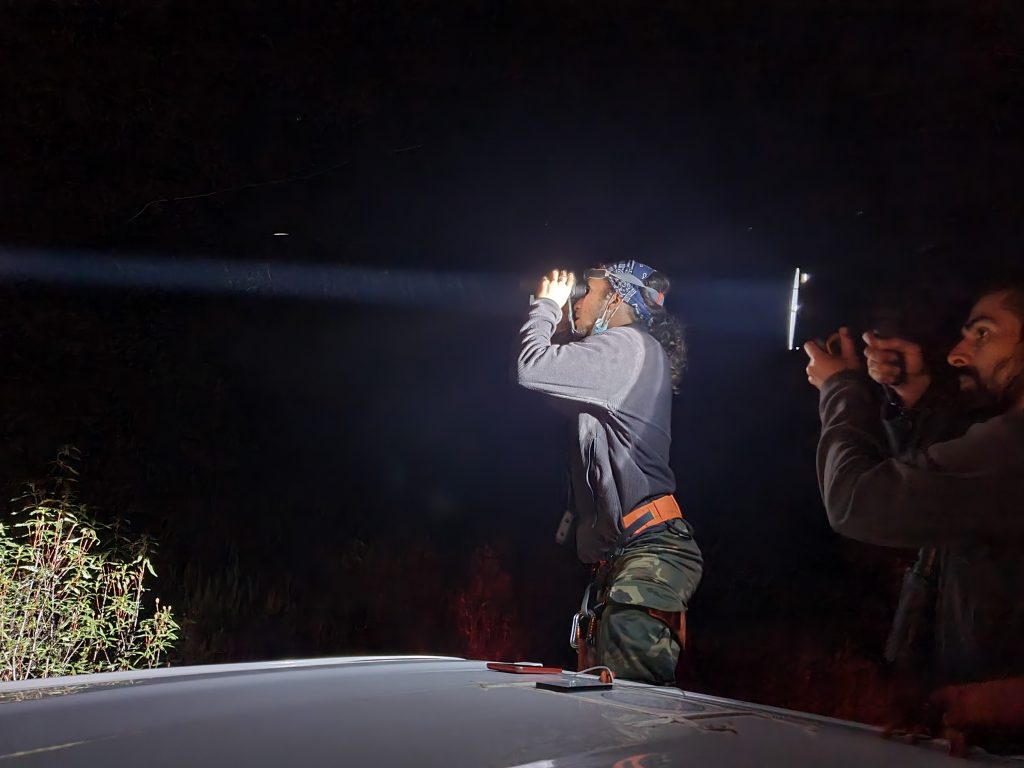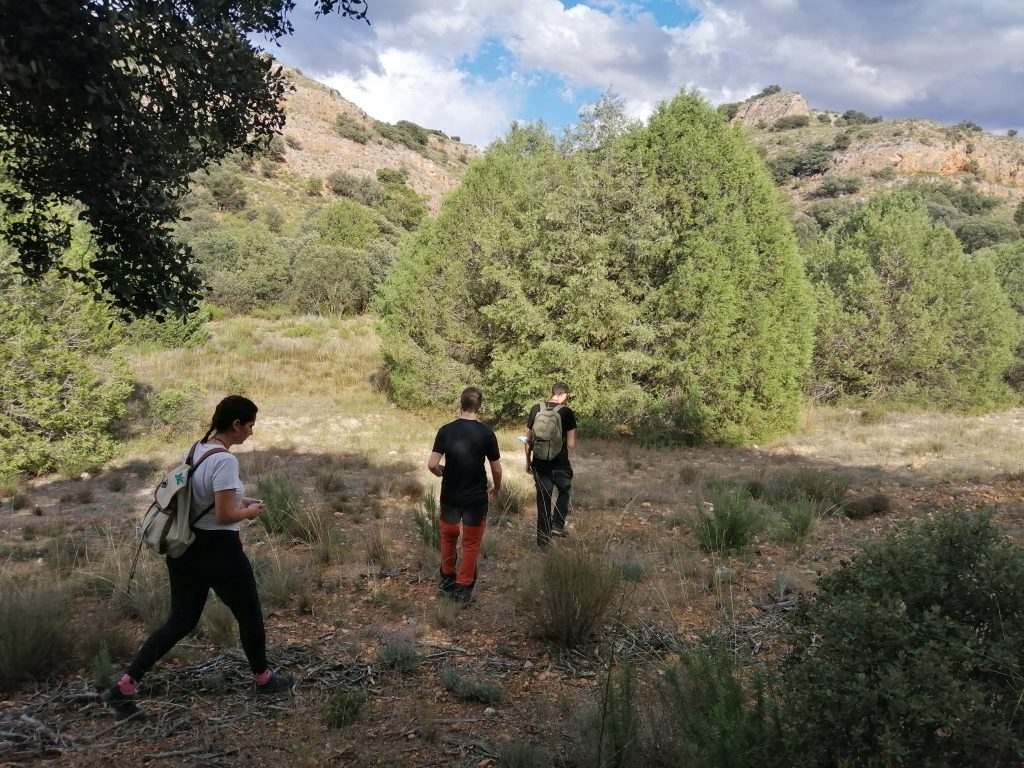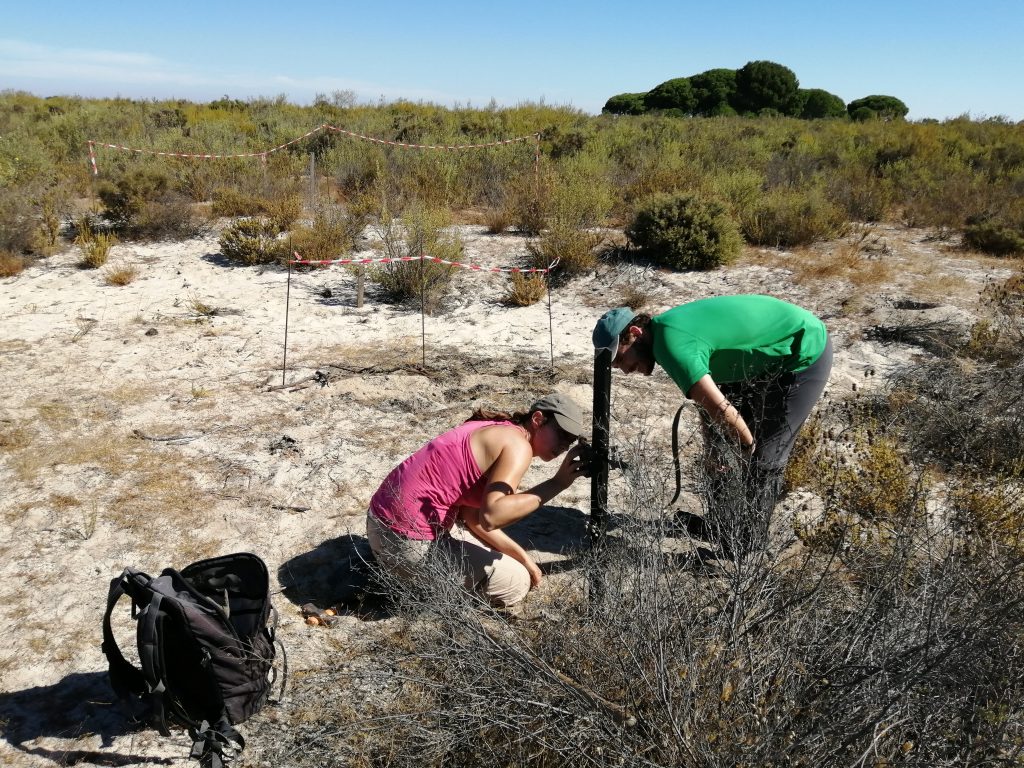Simple methods for a challenging task
It is not anymore necessary to be a wildlife expert, always out and about in nature, to see it: it is frequent, everywhere, and now, even in city centres. It is the wild boar (Sus scrofa), one of the most widespread ungulates in Europe. Although we are all aware of the rising abundance of this swine, it is not so easy to state how many and exactly where they are. Mapping the distribution and density of a species can be of extreme utility to assess risk areas for damages or pathogen transmission, especially when the species in the spotlight can cause crop and forest damages, roadkill or spreading of the African Swine Fever. The logic is straightforward: the more wild boars, the more risk for damages or pathogen transmission, the more preventive measures and monitorization are needed.
Citizen collaboration through the use of applications such as iMammalia reporting records of occurrences of live, dead or tracked wild boar can be essential to understand distribution patterns or identify epidemiological issues.So, how to monitor and estimate density and abundance? Apart from collecting data from hunting bags that can give us a proxi of abundance distribution, different methods can be used to gather such kinds of information. Among those, three are the most used:
Distance sampling. It consists in note down the number of animals spotted by driving across a route. A software will analyse data and return an abundance estimation that keeps into account detection probability (the further, the less visible animals are). One of the big disadvantages of this method is that it is mostly performed during the night, when animals are most active, and therefore with a headlight. As wild boars do not possess the “tapetum lucidum”, a layer of the retina that reflects light (as happens with cats), they are difficult to spot, nothing more than a moving dark stain, on the contrary of cervids and carnivores. A way to avoid so would be to use thermal viewers.

Drive counts. An area is haunted to move and count all animals in it. It can be performed with or without dogs, but it requires a lot of working effort and operators involved. The main advantage of this technique is that provide a “calibration” for the hunting bags estimation, and is easily comparable: by relating the haunting effort and the output (number of animals seen), a term of reference can be created to evaluate the hunting bags.

Camera trapping. It is the best cost-effectiveness method available up to date. Pictures taken from cameras are analysed to return a density estimation. Wild boars are easily spottable, especially when baiting is provided as well. Tools such as Mammalweb (https://mammalnet.com/mammalweb/) and AGOUTI ( ) for camera trapping surveys can be very useful to manage this information easily.More technical guides have been elaborated by the ENETWILD framework, that analyse, for wild boars (but also other ungulates and carnivores), which are the best technique, how are they performed and what are their perks, challenges and possibilities.

Finally, to extend the estimations to areas where data collection is hard or just to cover the broadest area possible, models can be elaborated from the data created with the three methods described.
